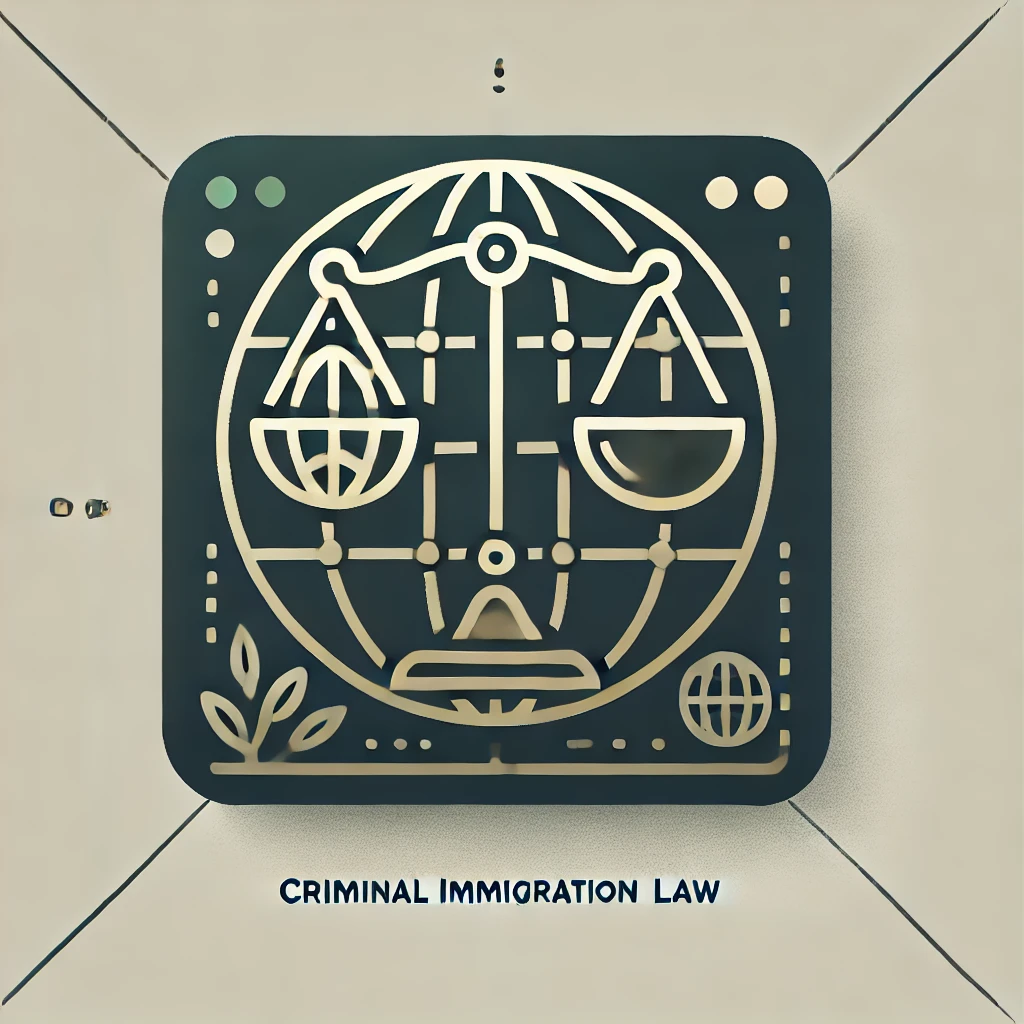The Role of Rehabilitation Evidence in Immigration Court Success is often underestimated but can be a game-changer in legal battles. When facing immigration court, presenting strong rehabilitation evidence can tip the scales in your favor, showing judges that you’ve turned a new leaf. But what exactly makes this evidence so powerful, and how can you use it effectively? Let’s dive into why this aspect matters more than you might think.
Understanding Rehabilitation Evidence,
Why Rehabilitation Evidence Matters in Immigration Court,
Types of Rehabilitation Evidence,
How to Collect and Present Rehabilitation Evidence,
Common Challenges and Mistakes to Avoid,
Key Takeaways,
Conclusion: Taking the Next Step,
Understanding Rehabilitation Evidence
So, what exactly is rehabilitation evidence? In simple terms, it’s proof that someone has made meaningful changes after past mistakes or criminal behavior. Think of it as a “second chance” story told through documents, testimonials, and actions that show growth and responsibility. Immigration courts often look for this kind of evidence to decide if a person deserves leniency or relief from deportation.
Imagine you’re a gardener who once planted weeds but has since cultivated a beautiful garden. The court wants to see that garden—the fruits of your hard work and change—not just the weeds you once had.

Why Rehabilitation Evidence Matters in Immigration Court
Why does rehabilitation evidence hold so much weight in immigration court? Because judges want to know if you’re a risk or a responsible member of society. It’s not just about what you did in the past; it’s about who you are now and who you’re becoming.
- Shows remorse and accountability: Courts want to see that you understand your past mistakes and have taken steps to fix them.
- Demonstrates positive community ties: Evidence of volunteering, steady employment, or education can paint a picture of stability.
- Supports claims for relief: Whether it’s cancellation of removal or adjustment of status, rehabilitation can be a key factor.
Without this evidence, your past might overshadow your present, making it harder to convince the court you deserve a fresh start.
USCIS taking too long? Discover how a Mandamus lawsuit can get your case moving.
Learn How a Writ of Mandamus Can HelpTypes of Rehabilitation Evidence
Not all rehabilitation evidence looks the same. Here are some common types that can make your case shine:
- Certificates from treatment programs: Proof of completing drug or alcohol rehab, anger management, or counseling.
- Letters of recommendation: From employers, community leaders, or religious figures who can vouch for your character.
- Proof of community service: Documentation showing your involvement in volunteer work or charitable activities.
- Educational achievements: Diplomas, transcripts, or certificates showing your commitment to self-improvement.
- Employment records: Steady work history that reflects responsibility and stability.
Think of these as puzzle pieces that, when put together, create a full picture of your transformation.
How to Collect and Present Rehabilitation Evidence
Gathering rehabilitation evidence isn’t just about collecting papers—it’s about telling your story in a way that resonates with the court. Here’s how to do it right:
- Start early: Don’t wait until the last minute. Building a strong portfolio takes time.
- Be thorough: Include a variety of evidence types to show different aspects of your rehabilitation.
- Organize clearly: Use tabs, labels, and summaries to make it easy for judges to follow.
- Include personal statements: Write a heartfelt letter explaining your journey and what you’ve learned.
- Work with your attorney: They know what the court values and can help tailor your evidence.
Remember, you’re not just submitting documents—you’re crafting a narrative of hope and change.
Get complimentary general advice via email or WhatsApp!
For more in-depth legal counsel, phone or office consultations are available for a flat fee for up to 40 minutes.
Contact Us on WhatsApp Email usCommon Challenges and Mistakes to Avoid
Even with the best intentions, mistakes happen. Here are some pitfalls to watch out for when presenting rehabilitation evidence:
- Incomplete or outdated evidence: Old certificates or missing documents can weaken your case.
- Lack of credibility: Letters from questionable sources or unverifiable claims can backfire.
- Overloading the court: Too much irrelevant information can confuse rather than convince.
- Ignoring cultural context: Some rehabilitation efforts might not be obvious without explanation.
- Not addressing the underlying issues: Courts want to see genuine change, not just surface-level fixes.
Think of these as weeds in your garden—if you don’t pull them out, they can choke the growth of your case.
Key Takeaways
- Rehabilitation evidence is crucial in showing personal growth and responsibility in immigration court.
- It helps judges see beyond past mistakes to the person you are today.
- Various types of evidence—treatment certificates, letters, community service—work together to build a strong case.
- Organizing and presenting your evidence clearly can make a big difference.
- Avoid common mistakes like incomplete documentation or questionable sources.
Conclusion: Taking the Next Step
Facing immigration court can feel like walking a tightrope, but rehabilitation evidence is your safety net. It shows the court that you’re not defined by your past but by your efforts to change and contribute positively. If you’re preparing for a hearing, don’t wait—start gathering your evidence now and lean on experienced legal help. Remember, every story of redemption deserves a chance to be heard.
Related Articles You Can’t Miss:
- How Judges Weigh Rehabilitation Evidence in Deportation Cases
- Top Strategies to Strengthen Your Rehabilitation Evidence for Immigration Court
- Unexpected Rehabilitation Evidence That Can Win Your Immigration Case
- Analyzing the Impact of Community Service on Immigration Relief Outcomes
- Legal Insights: Crafting Powerful Personal Statements for Immigration Judges
- Breaking Down the Role of Mental Health Records in Immigration Hearings
- How Employment History Influences Immigration Court Decisions
- Expert Tips for Collecting Credible Letters of Recommendation
- Case Studies: Rehabilitation Evidence That Changed Immigration Court Results
- Beyond the Basics: Advanced Rehabilitation Evidence Tactics for Tough Cases
